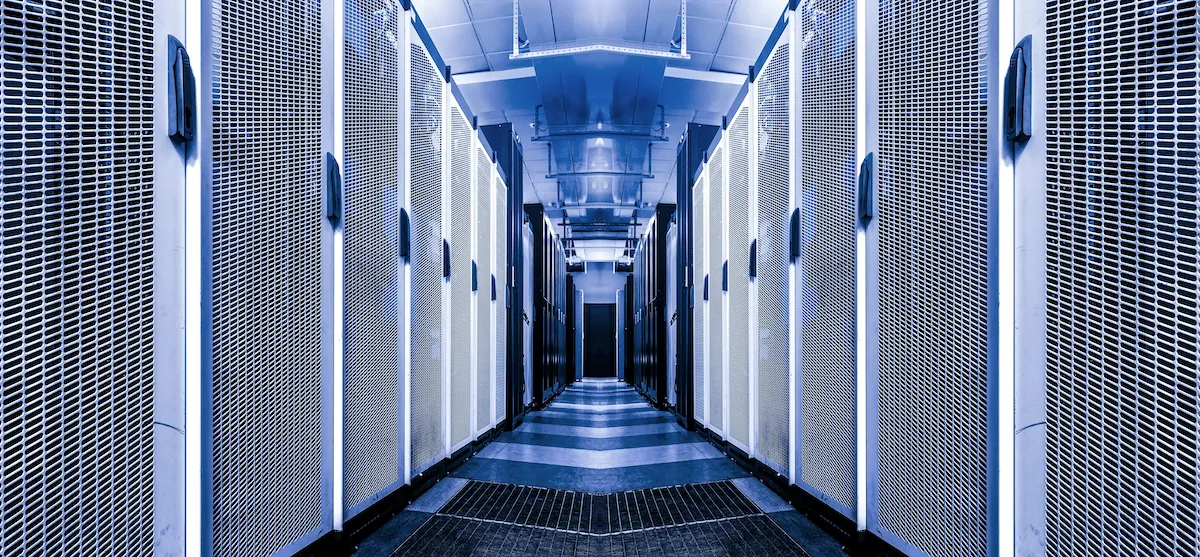4 Data Center Cooling Trends That Will Continue in 202015 min read

Now that 2019 is nearing its end, it’s a prime time to look at some recent cooling-related data center trends that show no signs of slowing down. Keeping data centers sufficiently cool, and not too cool, is a constant concern for the people who manage them, so there’s a need to stay abreast of all the new technologies available. Here are four of them.
1. A Demand for Environmentally Friendly Cooling Systems
A press release from Grand View Research expects the global data center cooling market to reach $20.7 billion by 2025, equalling a combined annual growth rate (CAGR) of 13.5%. The analysts who wrote the associated report note that data center cooling needs account for about 30% of its total energy expenditure.
They also point out that when companies choose more sustainable methods of cooling (such as free cooling), it’s possible to save up to 80% on cooling expenses. Grand View Research expects tech brands and data center operators to continue looking for environmentally friendly cooling choices due to the money-saving potential. It also cited the fact that stakeholders and members of the public increasingly expect companies to be more sustainable whenever possible.
Listening to demands should be a good thing for the data center industry in general. The sector has a longstanding reputation for using tremendous amounts of energy for cooling and other processes. However, it could make that association less prominent by insisting on sustainable methods of keeping data centers at optimal temperatures.
2. Artificial Intelligence for Cooling
Google was a pioneer in depending on artificial intelligence (AI) for data center cooling. It developed the technology for its facilities in 2016, then improved on it over time. The system gathers data from sensors every five minutes. Then, AI algorithms predict how different combinations of actions would positively or negatively affect energy usage.
It is often thought that AI’s biggest contribution to the data center could relate to cooling because it will enhance the systems used for responsible temperature control, resulting in less energy used for cooling. Another perk associated with AI and data center cooling is that it could identify issues with cooling systems before they fail and cause costly shutdowns.
Companies know how crucial it is to keep expenses down while maintaining the ideal temperatures in their data centers. AI can help with all those things. In Google’s example, the company keeps its data centers cool without human intervention. Also, the cost per minute of an unplanned data center outage is $9,000, on average. Operators understandably want to avoid those costs when they can.
3. Pumped Two-Phase Cooling Systems
Data centers often select pumped two-phase cooling systems when heat levels are higher than traditional air and water-cooling systems can handle. That’s because the nonconductive, noncorrosive fluid chosen vaporizes heat to cool on contact.
The systems offered by some providers have a footprint that’s up to 50% smaller than conventional options. Also, the overall energy consumption associated with pumped two-phase cooling is less because the setup does not need a chiller or a dedicated HVAC system.
In a research paper where scientists investigated the worthiness of using a magnetic pump-driven, two-phase cooling system, they found that the cooling capacity reached 3.429 kW and 9.241 kW when the differences between indoor and outdoor temperatures were 10 and 25 degrees Celsius, respectively. Moreover, the energy efficiency ratio (EER) was substantially higher than what a conventional refrigeration system achieved.
An arrangement like this takes care of many data center needs at once. It allows operators to shrink their cooling footprints, plus enjoy improved energy efficiency and adequate cooling capacity.
4. More Awareness of Water Scarcity When Choosing Cooling Solutions
When assessing data center trends for 2019, some people said entities in the industry would continue to be mindful of reducing water usage when keeping their facilities cool. Although awareness is not an ongoing concern at some facilities, it is necessary in places around the world that often deal with water scarcity issues.
If data center operators in those places fail to adapt by picking cooling solutions that don’t use excessive water, they could become saddled with exceptionally high expenses during drought periods. There’s a growing focus on planning for water scarcity challenges now to not get taken by surprise when they crop up later.
Some companies are revamping their existing cooling systems to make them less water-dependent. Others are looking at options like freshwater sources and municipal wastewater supplies to take care of data center temperature requirements.
Then, when it’s time to choose a site for a new data center, the people responsible often study things like altitude and how cool the climate usually remains throughout the year.
This trend shows that the data center sector is, and must stay, aware of how problems like water scarcity must be tackled now, and it’s best to use creativity when evaluating the possibilities. If providers continue to find ways to cool their facilities without using too much water, they could have a broader positive impact by not worsening the scarcity issue when it arises.
Exciting Trends to Watch
These four trends seem set to continue reshaping what cooling means for the data center sector. As they continue to develop, people can anticipate results that help them operate reliably without lots of waste.
Airflow Management Awareness Month 2019
Did you miss this year’s live webinars? Watch them on-demand now!

Kayla Matthews
Freelance Writer
Kayla Matthews is a technology journalist and data center writer whose work has been featured on Data Center Journal, Data Center Frontier, Data Center Dynamics and the vXchnge blog. To read more from Kayla, please visit her blog, Productivity Bytes.
2 Comments
Submit a Comment
Airflow Management Awareness Month 2019
Did you miss this year’s live webinars? Watch them on-demand now!
You have made some great points Kayla! I feel another trend we might see is data centers finally complying with ASHRAE’s recommendation of keeping the data center temperature below 80°F.
Amazing article! Another trend that seems to be gaining traction is liquid cooling. This is much more energy efficient than traditional models and also improves the processing power of data centers.